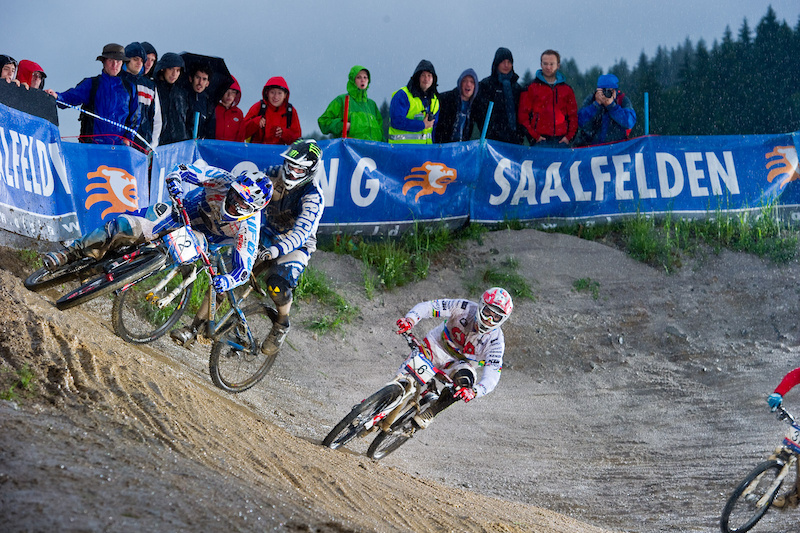


Rattlesnakes do not always rattle a warning. It's a defensive behavior that some rattlesnakes use when they sense that crawling away would put them in danger of attack. This display is a warning not to come any closer. Rattlesnakes are often portrayed with the body partly coiled, the tail rattling loudly, and the head raised up and ready to strike, but they do not need to coil up this way to strike and bite. They avoid striking and biting because it uses up their valuable supply of venom which they need to kill and digest their food. Rattlesnakes will not strike without a reason: they will strike at a potential meal and they will defend themselves from anything they perceive as dangerous. If rattlesnakes are given some space and enough time to escape to a safe place, they will usually just crawl away as fast as possible to avoid confrontation. A venomous snake injects dangerous venom into its victim.Ī bite from a rattlesnake can be extremely dangerous, but rattlesnakes should not be characterized as aggressive and vicious, striking and biting without provocation, as they are often shown. Rattlesnakes are typically described as poisonous, but they are actually venomous.Ī poisonous snake is one that is harmful to eat. Snakebit: Confessions of a Herpetologist. Venom is intended for prey so they're reluctant to bite, and 25 to 50 percent of all bites are dry - no venom is injected." Leslie Anthony. "Rattlesnakes are also among the most reasonable forms of dangerous wildlife: their first line of defense is to remain motionless if you surprise them or cut off their retreat, they offer an audio warning if you get too close, they head for cover.


 0 kommentar(er)
0 kommentar(er)
